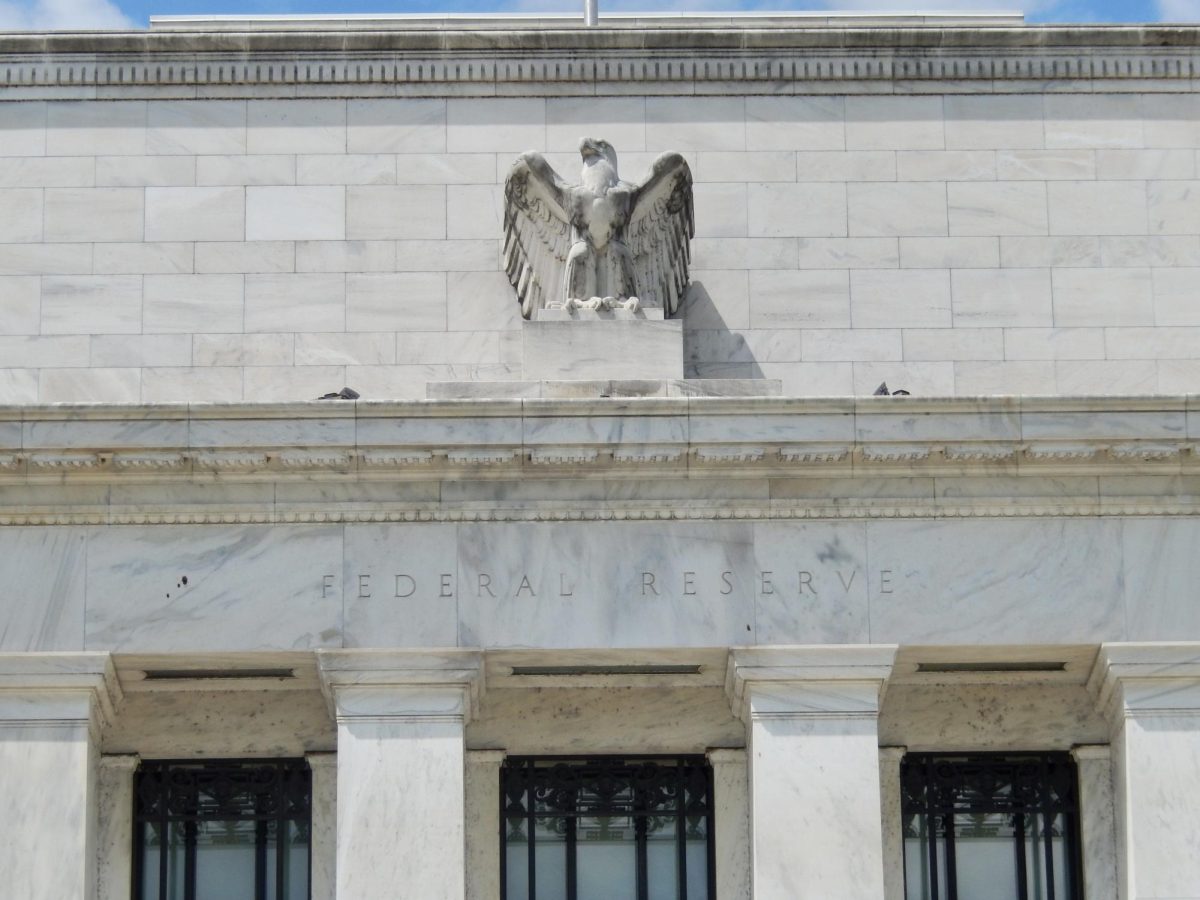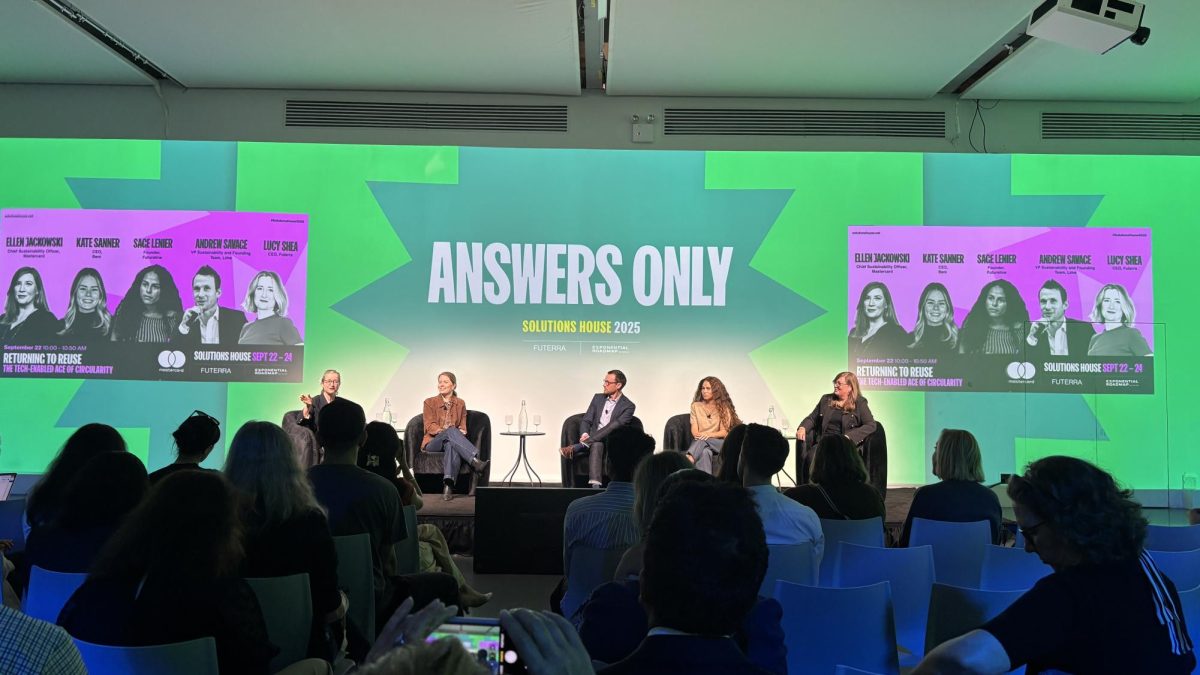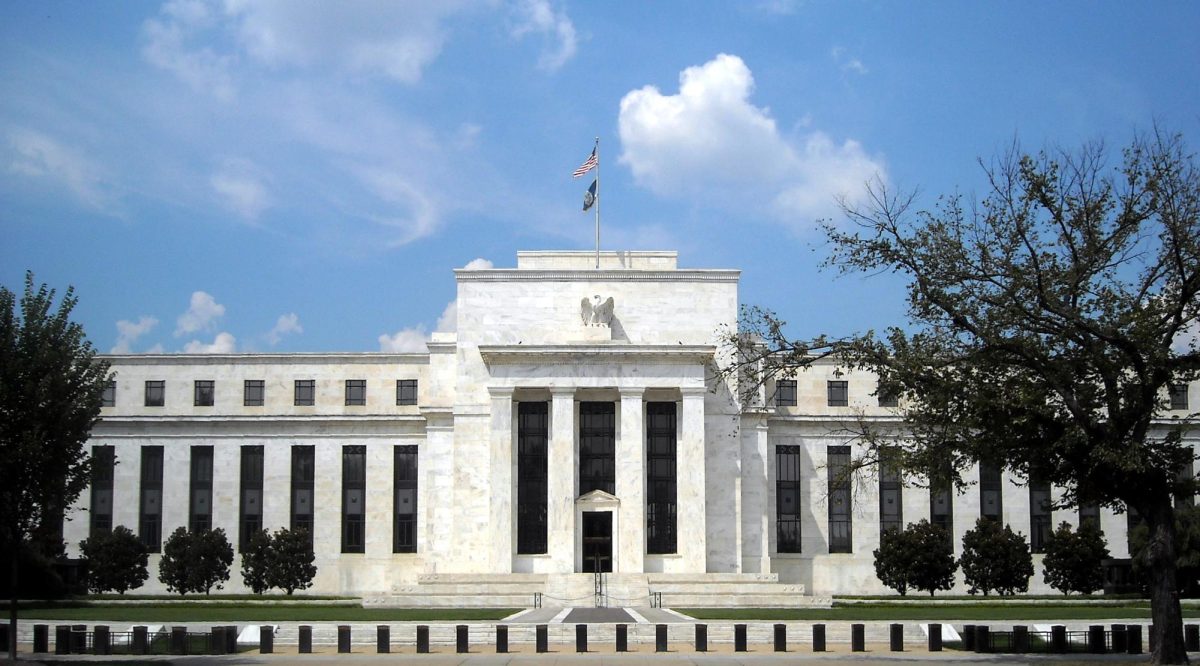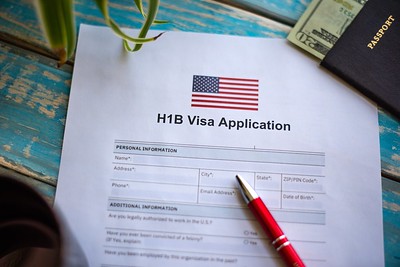A potential increase of 0.25 basis points is anticipated in the Federal Reserve’s July meeting, scheduled for July 25-26.
Following a pause in June after 10 consecutive rate hikes, the Fed is expected to raise rates again in July.
If the hike does occur, it would take the Fed’s benchmark interest rate to between 5.25% and 5.5%, a modest increase compared to the current 5-5.25% range.
The Fed makes decisions collegiately, meaning that the majority vote guides its actions, and thus far, most Fed officials appear to be leaning towards a rate hike in July.
The soaring S&P 500, which gained more than 19% year-to-date, can be partly attributed to inflation optimism. Now, the Fed faces the critical decision of determining precisely when to terminate rate hikes entirely and transition towards an easing approach.
In June, the U.S. Labor Department reported the economy added 209,000 jobs, higher than the 200,000 estimated by economists.
The Personal Consumption Expenditures price index was up only 3.8% for May from last year, down 0.5% from April. The expenditure, excluding volatile food and energy prices, was about 4.6%, a mere 0.1% decrease.
Additionally, U.S. wages were up 4.4% year-over-year in June, while the unemployment rate remains historically low at just 3.6%.
The robust labor market and resilient economy has compelled the Fed to reconsider implementing a rate hike.
“Inflation is too high,” Richmond Fed President Thomas Barkin said. “If you back off too soon, inflation comes back strong, which then requires the Fed to do even more.”
The Fed remains vigilant, closely monitoring the turmoil in regional banks and its potential ramifications on the economy. As this indicates, the Fed is looking to see financial and price stability.
Nevertheless, despite increased market volatility as well as challenges with trading liquid assets due to credit reductions, such measures could help attenuate inflation and deter the Fed from raising rates.
Fed officials are contemplating a 5.6% Fed funds rate as the ultimate target by the end of 2024 before the rate hikes end.
The good news: the Fed is looking more successful than ever in achieving a soft landing.
“In the first quarter we thought the stock market was experiencing a bear market rally fueled by irrational exuberance, but so far the market has been right — and most pundits wrong — that a recession is not on the horizon,” Chris Zaccarelli, chief investment officer for Independent Advisor Alliance, said.
The July hike would be no surprise, especially after the Fed hinted that two more hikes are expected in June, in case inflation remains slow in its progress towards the 2% goal.
The reality is the Fed is data-driven and if the slight moderation continues, the Fed will most likely proceed with a second hike.
The moderate trajectory of key economic indicators will likely guide the Fed’s actions going forward. Its ultimate goal is to strike a delicate balance between stimulating economic growth and curbing inflationary pressures.
July’s interest rate hike could be one of the last, potentially signaling an end to tightening measures and a forthcoming return to easing measures.









